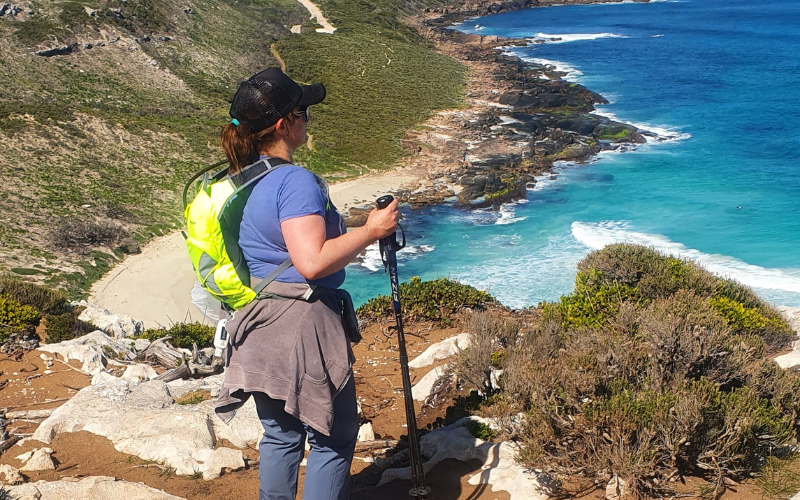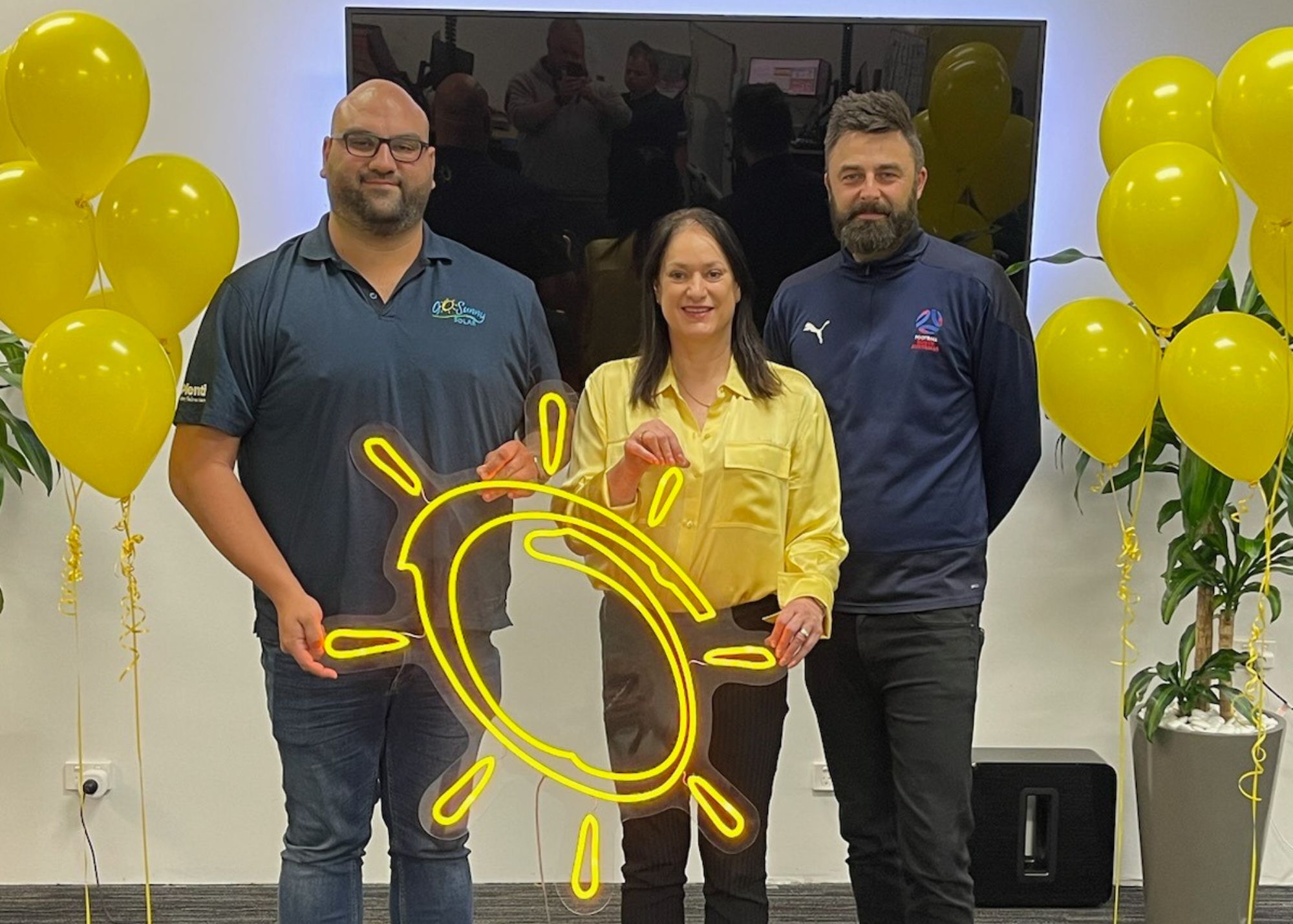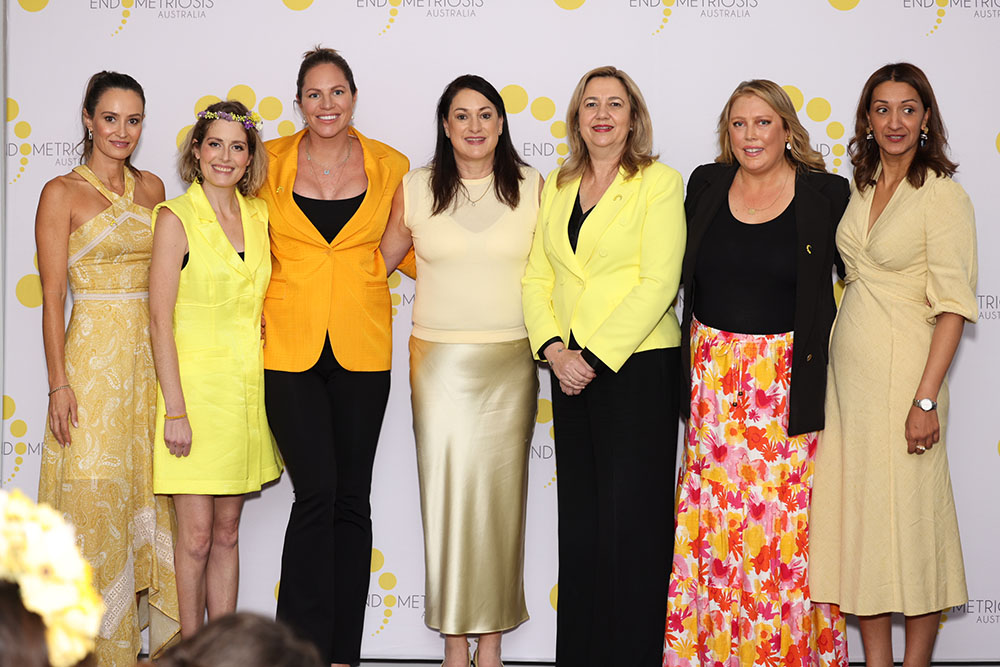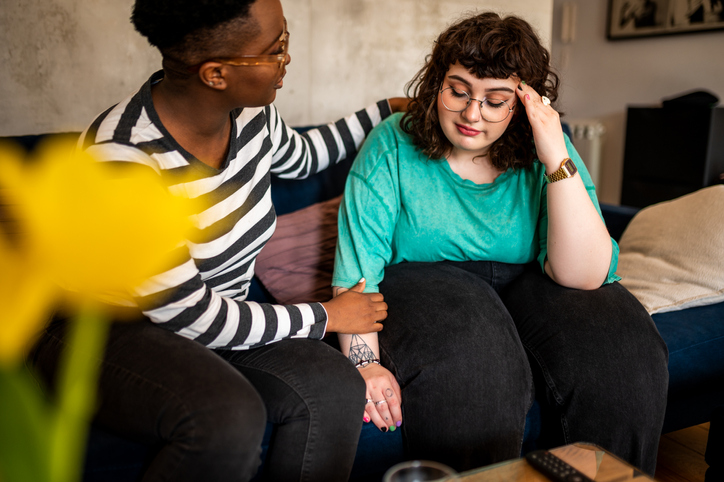By Dr Eliza Colgrave
I am an aggressive optimist, and my experience of living with endometriosis has played a big part in the development of that character trait. While I admittedly struggle to reach this part of myself in the depths of a flare up, I cling back onto it when the clouds clear. My drive to always find the conviction that things can be improved ultimately led me to pursue a career in medical research, to better understand the condition too many of us are forced to find a way to live with.
While it sounds like a paradox, my endo journey has been considerably fortunate. My symptoms began with my first period at the age of 11, but I was diagnosed at the young age of 18. I was lucky that my diagnosis occurred only two years after my mother and I finally decided my pain wasn’t the ‘normal’ experience, and a GP visit was warranted. (I now appreciate that pain is not ‘normal’ and should not simply be accepted.) I was lucky that my GP specialised in women’s health. I was lucky that when an attempt to mute my symptoms with the oral contraceptive pill seemed to make everything worse, she did not hesitate to refer me on to a specialist. I was never dismissed – I was lucky.
And so, at 18 I was diagnosed with endometriosis and suspected adenomyosis, had an intra-uterine device inserted, and got to walk away with a feeling that my suffering was verified and justifiable – something that not all who experience chronic pelvic pain get to experience. Over the next few years, I was also diagnosed with coeliac disease and polycystic ovarian syndrome, learnt that ovulation pain is a thing, had a second laparoscopy, and worked through a regime of pelvic physiotherapy (cannot recommend this enough) when my second surgery revealed no further lesions. I also switched to a plant-based wholefoods diet and slowly learnt the right regime of exercise that struck the balance between keeping the flareups at bay, but not exerting myself to a trigger point. These changes and my multi-disciplinary team of health professionals helped me get tothe point I’m at today, where I’ve responded considerably well to treatment and feel less defined by my health conditions.
Despite my fortune, anger and frustration continued to bother me over the years after my initial diagnosis. Why had I not heard of endometriosis until I was diagnosed with the condition? If so manypeople born with a female reproductive tract have endometriosis (now a suspected 1 in 7), why do we not have a cure – let alone an adequate range of treatment options to abate everyone’s symptoms? And ultimately, as Gina Rushton so aptly described in her recent Harper’s Bazaar piece, why are we so often made to feel as if we will always be a womb before we are a person? This anger and frustration drove me on an indulgent “self-study” journey of sorts, and I chose to turn my careerinto a quest to try to understand women’s health issues, conquer the myths and misogynies, and advocate for others.
And so, while completing my undergraduate studies in biomedicine I signed up to an Honours project on endometriosis which then turned into five years of research and a PhD. My projects focused on endometriosis lesions and if sub-types of disease could be identified based on their appearance and features. The original thinking was, “if someone’s lesions look like X, perhaps they are more likely to respond to treatment Y.” My research group and I found that despite endometriotic lesions being described as ‘endometrial-like,’ many lesions don’t display features that follow the menstrual cycle-related changes of the normal endometrium.1 This led us to question whether the constant comparison of endometriotic lesions with endometrium was holding back research progress. We also found considerable diversity in the appearance of endometriotic lesions, even within an individual patient, based on features like hormone receptors. While the last of my research is in the process of being published, what has become clear through my work, and that of others, is that just as endometriosis symptoms and treatment responsiveness can be extremely variable, so too can the appearance and features of lesions – even within an individual person. Our findings may present a challenge to developing a new endometriosis classification system to facilitate more targeted treatment, but they are observations that need to be recognised and explored to better understand endometriosis. I was never going to solve the world’s problems with one PhD (research progress requires time and considerable funding), but I am grateful that my work has contributed to the endometriosis research discourse and will be continued by others.
During my time in the endometriosis research space, I encountered so many like me – people frustrated with how little we understand about a condition they themselves have, who had turned it into their career. Rest assured, there are many researchers and health professionals out there propelled by their own experiences of endometriosis and trying to make a difference.
I have left research for now, for various reasons, and once my final paper is published it will feel like an end of an era. But my time working in this space has left me feeling empowered and hopeful amid the despair of no cure (yet!) and the relentless and relatable stories of medical misogyny and untreated pains. Armoured with an optimistic edge, I see a future where our experiences become the stuff of history books – maybe even for the next generation.
Bio
Dr Eliza Colgrave is a scientist who completed her PhD at the University of Melbourne in 2021. Her research on endometriosis has resulted in several publications on the diverse presentation of features in endometriotic lesions, even within individual patients. While Eliza has stepped away from research, at least for now, she remains optimistic that the increased awareness of endometriosis will continue to result in new research breakthroughs and the next generation facing far less medical misogyny.
References
1 E M Colgrave, S Bittinger, M Healey, U P Dior, P A W Rogers, J R Keast, J E Girling, S J Holdsworth-Carson, Superficial peritoneal endometriotic lesions are histologically diverse and rarely demonstrate menstrual cycle synchronicity with matched eutopic endometrium, Human Reproduction, Volume 35, Issue 12, December 2020, Pages 2701–2714, https://doi.org/10.1093/humrep/deaa249
2 Eliza M Colgrave, Janet R Keast, Sophie Bittinger, Martin Healey, Peter A W Rogers, Sarah J Holdsworth-Carson, Jane E Girling, Comparing endometriotic lesions with eutopic endometrium: time to shift focus?, Human Reproduction, Volume 36, Issue 11, November 2021, Pages 2814–2823, https://doi.org/10.1093/humrep/deab208
3 E M Colgrave, J R Keast, M Healey, P A W Rogers, J E Girling, S J Holdsworth-Carson. Extensive heterogeneity in the expression of steroid receptors in superficial peritoneal endometriotic lesions. Reproductive Biomedicine Online, In Press, September 2023, https://doi.org/10.1016/j.rbmo.2023.103409











